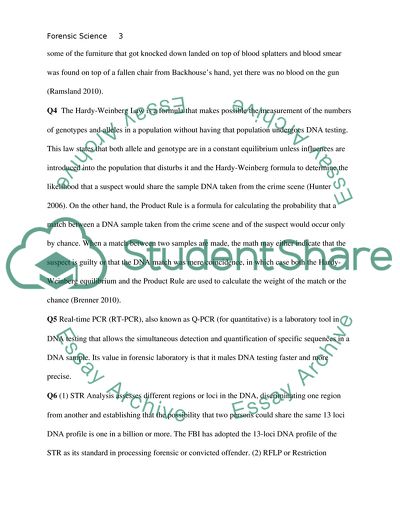Cite this document
(Forensic Science - the Art of Blood Drop Reading Assignment Example | Topics and Well Written Essays - 1500 words, n.d.)
Forensic Science - the Art of Blood Drop Reading Assignment Example | Topics and Well Written Essays - 1500 words. https://studentshare.org/science/1745258-forensic-science
Forensic Science - the Art of Blood Drop Reading Assignment Example | Topics and Well Written Essays - 1500 words. https://studentshare.org/science/1745258-forensic-science
(Forensic Science - the Art of Blood Drop Reading Assignment Example | Topics and Well Written Essays - 1500 Words)
Forensic Science - the Art of Blood Drop Reading Assignment Example | Topics and Well Written Essays - 1500 Words. https://studentshare.org/science/1745258-forensic-science.
Forensic Science - the Art of Blood Drop Reading Assignment Example | Topics and Well Written Essays - 1500 Words. https://studentshare.org/science/1745258-forensic-science.
“Forensic Science - the Art of Blood Drop Reading Assignment Example | Topics and Well Written Essays - 1500 Words”. https://studentshare.org/science/1745258-forensic-science.


